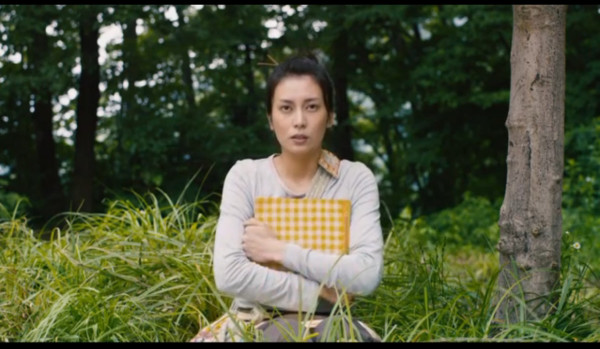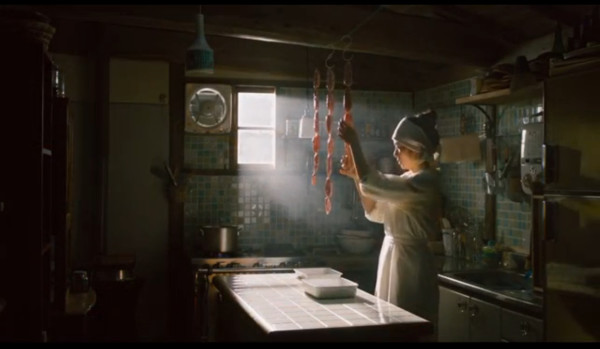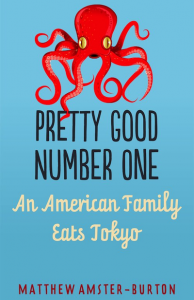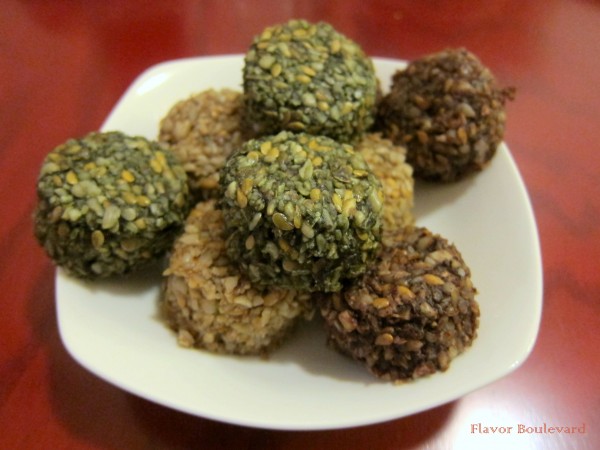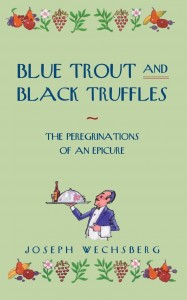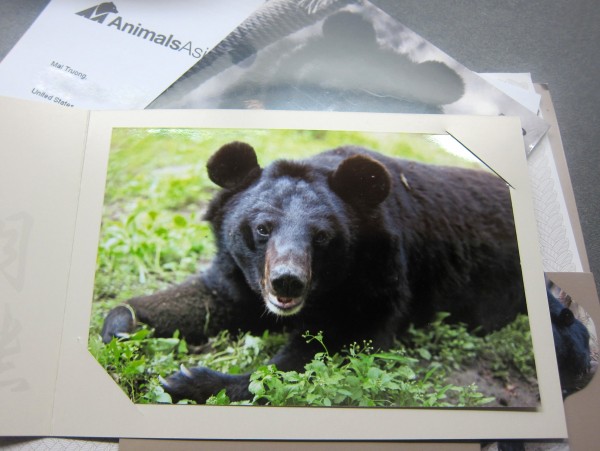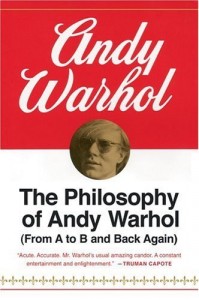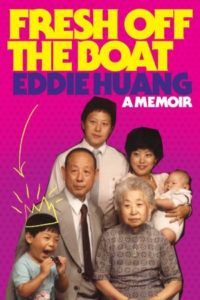
It starts with the food bullying that I feel I can relate to Eddie Huang‘s story. Cleverly, he begins the book with dimsum, so that got my interest, but he talked about dimsum for less than 2 pages. The food bullying though, where his classmates said that his food smelled bad, that he wanted the white kid lunches, that’s where my memories came back. The bully for me wasn’t in school and wasn’t by the kids. Comments, always by adults and mostly white females, that the food my mom made made the house smell bad, or the stuff I eat or drink that they haven’t heard of, much less tried, is “gross”, are this pet peeve of mine that I can’t forgive. Sure, they may not be intended to hurt me or anyone specifically, but they’re never well-meaning. They are too minute to confront the speaker about, so I have no way to tell the speaker that she’s disrespecting my whole culture. They are the papercut stings that you feel every time you wash your hands.
Eddie Huang and I don’t have anything in common, except we both being born to Asian parents. He grew up liking basketball, seeing himself in hip hop lyrics, doing drugs (and selling them), working in restaurant kitchens, getting in fights and juvenile in high school and probation in college. I grew up doing literature, math and science competitions. He lives in the East Coast. I live in Texas and the Bay Area. He is a celebrity. I am one of many of the model minority. Unlike him, I didn’t have classmates bully me for being Asian, because lucky for me, I wasn’t in America until late high school. In Vietnam, at least in those days, when you make good grades, your classmates don’t hate you, the cool kids are not the ones that play football or are in the cheerleader team (there’s no such thing as cheerleading in Vietnamese schools), and there’s no nerd that talks only about science or Star Trek in an annoying, obsessive way that makes a bad name for everyone who actually likes to study and get good grades. So at Humble High, I joined a group of class-loving friends at lunch, we sat by the library, then I went to college wanting to be a Physics professor. In American terms, I’m a big nerd. But I can’t feel one bit related to or represented by Sheldon in the Big Bang Theory. That show is a cheap attempt of boxing all science students and scientists into this inaccurate, overblown stereotype of what a scientist looks and acts like. Not a single real physicist that I know fits into the Sheldon box. However, a few students that I’ve taught, who make themselves fit into that box because they want to be scientists, fit the box like a cat. Shows like BBT make teenagers mold themselves into erroneous molds without ever knowing the correct mold, if there’s even one.
So yes, we shouldn’t fit ourselves into molds, and I’m a bit afraid of trying to fit myself into the Asian mold right here by relating to Edie Huang’s story simply on the ground that we’re Asians.
